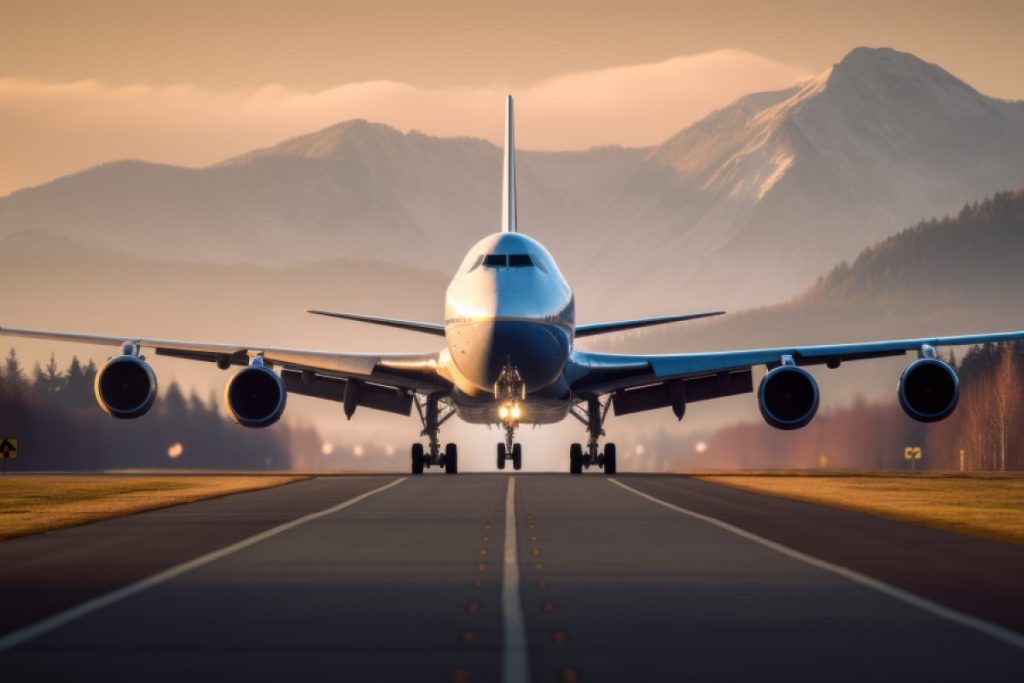Getting Your Commercial Pilot Licence in Australia
Getting Ready for Takeoff: Your Guide to Earning a Recreational Pilot Licence in Australia
The sky is the limit, they say, but what if you could take it a step further and soar above the clouds as a professional pilot?
Taking up the yoke of a commercial pilot offers limitless opportunities to explore the vast skies, while also giving you a rewarding career path.
This article will serve as a detailed guide on how to obtain your Commercial Pilot Licence (CPL) in Australia, which you can use to further enhance your aviation career.

What Can I Do With a Commercial Pilot Licence (CPL)?
A CPL offers you the chance to truly step into the professional world of aviation.
While a Private Pilot Licence (PPL) allows you to fly for pleasure, the CPL permits you to fly aircraft for work.
This could involve a variety of activities, ranging from charter flights, aerial surveying, and search and rescue, to the ultimate goal of many pilots, which is to fly for an airline.
A CPL, therefore, opens a gateway to numerous aviation careers that offer an unmatched blend of adventure and professional satisfaction.
How is a CPL Different From a PPL?
Unlike a PPL, a CPL allows you to be paid for your services as a pilot. Additionally, as a commercial pilot, you can operate under Part 61 of the CASR Subpart 61.I for both private and commercial operations.
This includes being the pilot-in-command in any operation, barring a few exceptions that require an air transport pilot licence (ATPL).
While the PPL is the cornerstone of your aviation journey, the CPL is your stepping stone to a career in aviation.
The training involved in obtaining a CPL is more rigorous and intensive, covering more advanced aspects of flight, meteorology, navigation, aircraft systems, and aerodynamics.
What Kinds of Aircraft Will I be Able to Fly with a CPL?
The type of aircraft you can fly with a CPL largely depends on the specific ratings and endorsements that you hold.
Generally, a CPL allows you to pilot an array of aircraft, except for multi-crew aircraft in charter or regular public transport (RPT) operations, single-pilot RPT operations with a maximum take-off weight (MTOW) of more than 5700kg, and turbojet aeroplanes with a MTOW of more than 3500kg in RPT operations.
What Are the Restrictions on Flying with a CPL?
With a CPL, you can perform almost any operation as pilot-in-command, but some restrictions apply.
For instance, flying multi-crew aircraft in charter or regular public transport operations, or turbojet aeroplanes with a MTOW of more than 3500kg in RPT operations would necessitate the upgrade to an ATPL.
Furthermore, pilots using a Class 2 medical certificate are limited to flying commercial aircraft with a MTOW of under 8618 kilograms and without passengers.
What Do I Need Before I Can Start Applying for a CPL?
Before applying for a CPL, there are several requirements you need to meet.
First, you must be at least 18 years old and hold a valid PPL. Secondly, you must have the ability to speak and understand English at an acceptable level.
Finally, a medical test must be performed and a medical certificate obtained.

How Long Will It Take to Qualify for My Commercial Pilot Licence?
The duration it takes to earn your CPL varies based on a number of factors, such as the flight training program you choose (integrated or non-integrated) and the frequency of your training sessions.
On average, you can expect to obtain your CPL within a year if you’re training full-time. However, this is subject to change based on individual circumstances, weather conditions, and the availability of flight instructors and aircraft.
To obtain a CPL, you need to meet certain flight experience requirements.
These requirements differ based on the aircraft category rating you’re training for and the type of training program you’re enrolled in. For example, for an aeroplane CPL, you would need a minimum of 150 hours of aeronautical experience for an integrated course and 200 hours for a non-integrated course.
Careers That Require You to Possess a CPL
With a CPL in hand, an abundance of career opportunities opens up for you in the aviation industry. Here are some careers you might consider:
Airline Pilot: Perhaps the most well-known career path, airline pilots operate flights for major airlines, transporting passengers and cargo across the globe.
Corporate Pilot: Corporate pilots fly company-owned aircraft for business purposes. They often fly smaller jets or propeller-driven aircraft.
Charter Pilot: Charter pilots work for charter companies, flying passengers to specific destinations upon request.
Flight Instructor: If teaching is your passion, becoming a flight instructor allows you to train the next generation of pilots.
Aerial Survey Pilot: These pilots fly over specific areas capturing images for various purposes such as map-making, land surveys, and wildlife counts.
Emergency Services Pilot: Emergency service pilots conduct life-saving operations, such as air ambulance services, search and rescue missions, and firefighting operations.
Agricultural Pilot: Agricultural pilots, or crop dusters, apply fertilizers, pesticides, and other substances to farmlands from the air.
Conclusion
Obtaining a CPL is a significant step in your aviation journey, opening up numerous professional opportunities. It is a process that requires dedication, discipline, and a strong passion for flying.
Remember, every journey begins with a single step. Start your CPL journey today and soon enough, the limitless skies will be your everyday workplace.
Get Started Today - Your Next Steps
Are you ready to take your flying skills to the next level? Start your journey towards a Commercial Pilot License today by finding the right aviation training institute from our trusted directory.
With an array of options from the best flight training institutes in Australia, you are one step away from making your aviation dreams come true.

